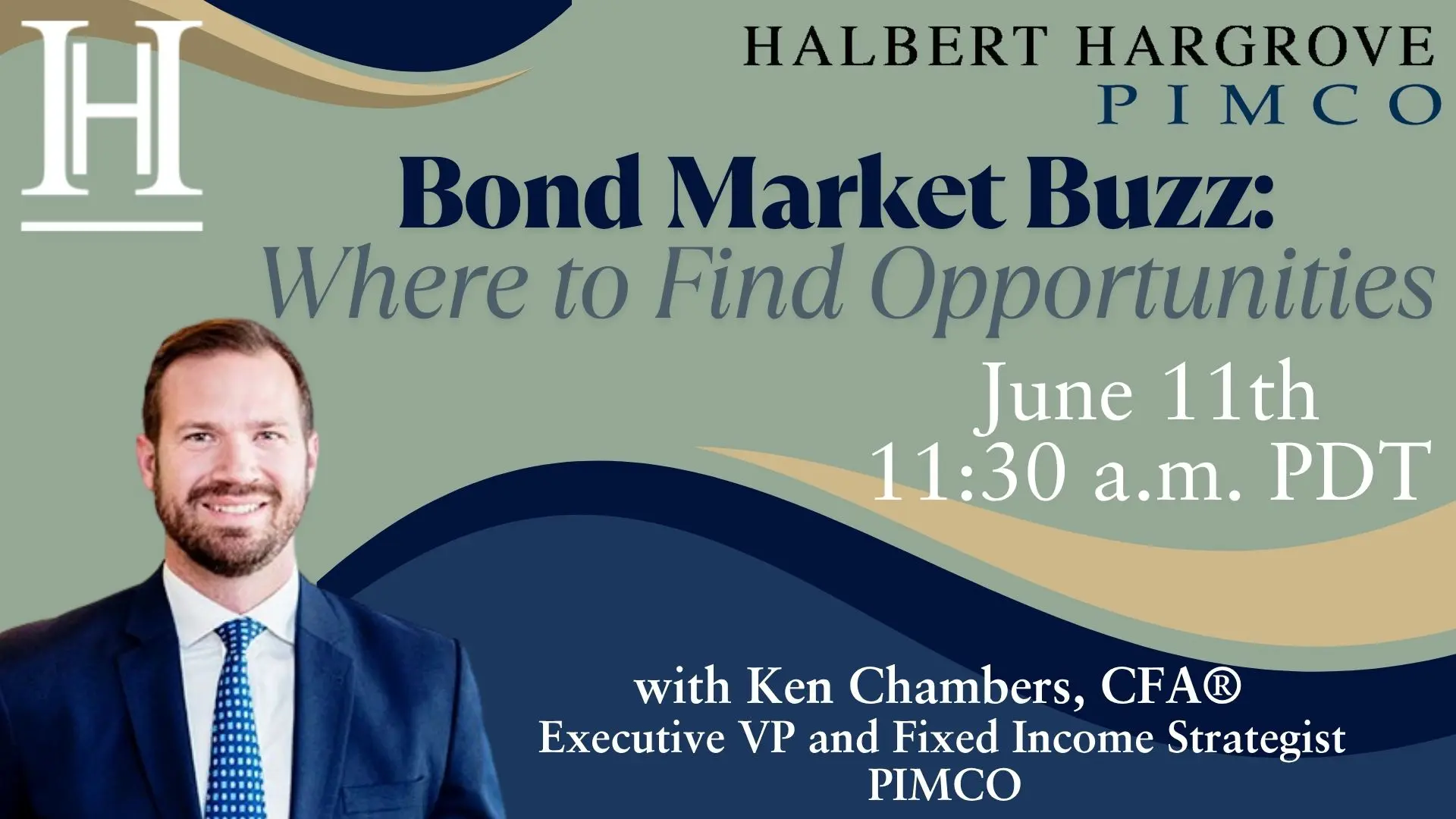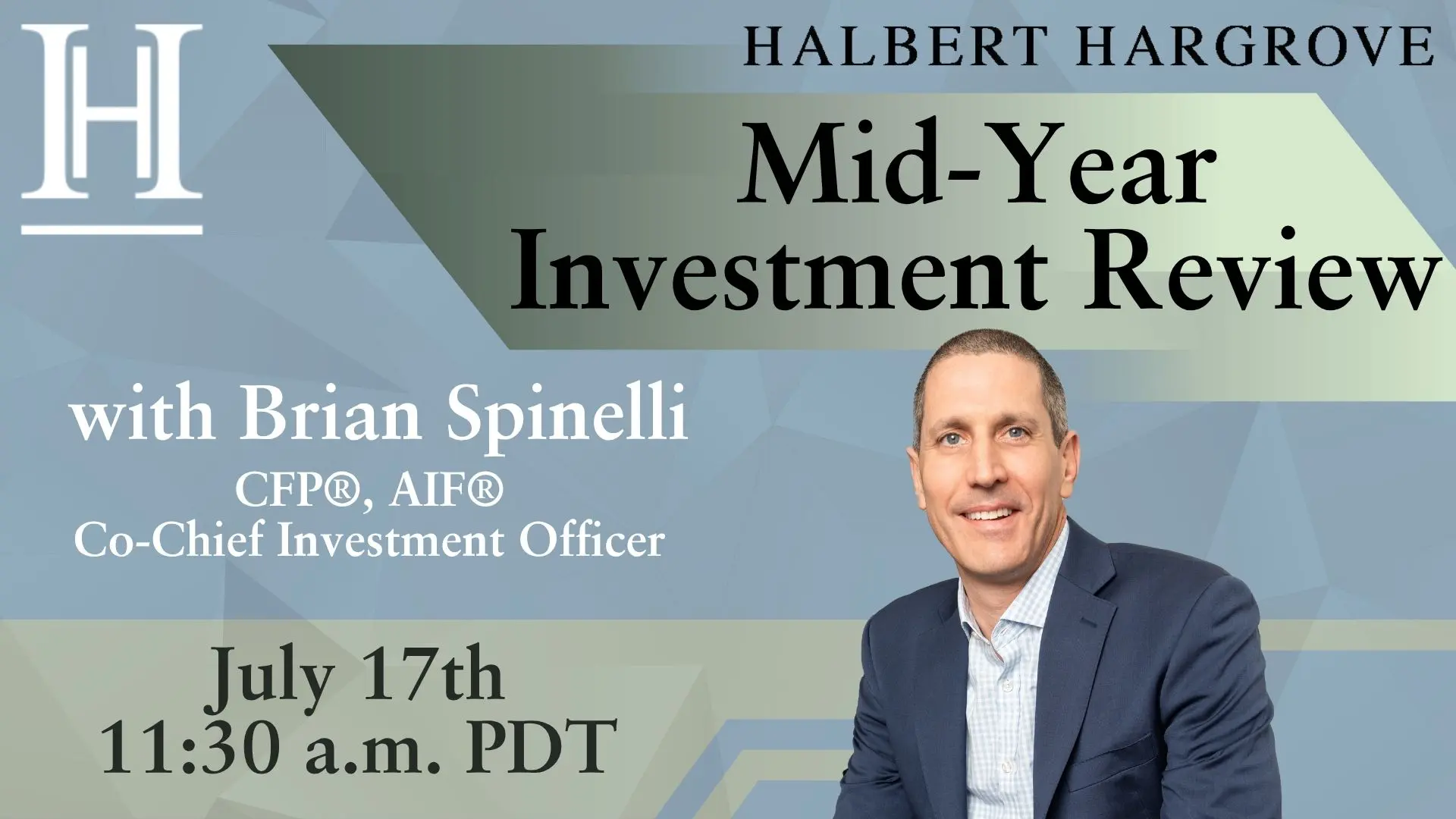Introduction
For years, fixed income was overlooked. Low yields, not a lot of excitement. But today’s bond market tells a different story. With elevated interest rates, tightening spreads, and a shifting global outlook, fixed income has re-entered the spotlight as a core driver of portfolio returns.
In this post, we break down why yields are back, how active bond management seeks to unlock value, and where global opportunities may lie in today’s market. Whether you’re a cautious investor or managing institutional capital, fixed income deserves a fresh look.
Why Fixed Income Is Back in Focus
After a challenging 2022, where rising rates negatively impacted bond prices, today’s environment offers opportunities not seen in a decade: income generation and defensive potential.
Here’s what’s changed:
- Yields may be a potential indicator of future performance. Starting yields for core bond portfolios can be 5 to 6.5%, which can contribute to income without significant exposure to higher-risk assets.
- Bonds are contractual. Unlike equities, bonds generally provide predictable cash flows and principal repayment, helping make them resilient during volatility.
- Diversification is working again. With inflation easing, bonds are regaining their negative correlation to stocks.
Active vs Passive: Why It Matters More in Bonds
Passive investing can be a good strategy for equities. Fixed income, however, is a different story.
- The Bloomberg Aggregate Index has over 13,000 securities. Passive funds sample a large universe, often overexposing investors to government debt.
- Active managers like PIMCO may consider overweighting undervalued sectors such as agency mortgages or securitized credit as part of their strategy in an effort to add additional return.
Yield, Spread, and Opportunity: What the Data Says
PIMCO’s fixed income outlook emphasizes the following:
- Core plus and income portfolios can potentially yield comparable returns to equities while offering lower volatility.
- Agency mortgage-backed securities have been deemed attractive once again. They offer strong liquidity and government backing. Past Fed buying activity created demand imbalances. Today’s pricing is more favorable for new buyers.
- Credit spreads in corporate bonds are historically tight. High-quality securitized assets and select global opportunities can potentially offer better relative value.
Macro Trends Shaping the Bond Market
Today’s bond opportunities are shaped by broader economic trends.
- Moderating inflation is restoring the bond-stock inverse relationship.
- Recession risk is always a potential. Historically, fixed income has shown resilience during downturns, often performing better than equities.
- Policy shifts and debt levels may constrain government spending power during future crises, making defensive yield even more valuable.
Go Global: Why International Bonds May Be an Option to Consider
Investors focused only on U.S. bonds may not be diversifying their portfolio effectively.
Data shows that global bond diversification can increase return potential and help reduce volatility.
- Developed markets like Europe and Australia sometimes offer more competitive yields than U.S. Treasuries.
- Emerging markets can potentially present even higher yields. These require careful risk selection, which can be a core strength of active managers.
Mutual Fund or ETF for Bonds?
ETFs are often considered a suitable option for equities. In fixed income:
- ETFs have the potential to offer tax efficiency and stay fully invested due to how flows are managed.
- Mutual funds offer daily visibility into inflows and outflows, which helps with tactical allocation.
- The right structure depends on your goals. Active bond ETFs now offer many of the same advantages as traditional mutual funds.
Summary: Why Fixed Income Belongs in A Portfolio
The fixed income market in 2025 is fundamentally different from just a few years ago.
Key Takeaways:
- Current yields may provide insights into potential future performance.
- Active managers can potentially outperform passive in fixed income by identifying market inefficiencies.
- Global and sector diversification can offer income and downside protection.
- Agency MBS, high-quality securitized credit, and global bonds may offer potential relative value in the current market.
Action Step: Reassess your current bond allocation. If you’ve been underweighting fixed income, now may be the time to consider rebalancing before the Fed begins cutting rates.
Watch our latest event on this topic here: Fixed Income Opportunities and Outlook
Halbert Hargrove Global Advisors, LLC (“HH”) is an SEC registered investment adviser with its principal place of business in Long Beach, California. HH may only transact business in those states in which it is registered, notice filed, or qualifies for an exemption or exclusion from registration or notice filing requirements. Registration does not imply a certain level of skill or training. For information pertaining to the registration status of HH, please contact HH or refer to the Investment Adviser Public Disclosure web site (www.adviserinfo.sec.gov). Additional information about HH, including our registration status, fees, and services can be found at www.halberthargrove.com.
This blog is provided for general information purposes only. No portion of the content serves as the receipt of, or as a substitute for, personalized investment advice from HH or any other investment professional of your choosing. It should not be construed as a solicitation to offer personal securities transactions or provide personalized investment advice. Any reference to specific products, services, companies, etc. is for general information purposes only and should not be construed as a recommendation or endorsement. The information provided does not constitute any legal, tax or accounting advice. We recommend that you seek the advice of a qualified attorney and accountant.
Different types of investments involve varying degrees of risk, and it should not be assumed that future performance of any specific investment or investment strategy, or any non-investment related or planning services, discussion or content, will be profitable, be suitable for your portfolio or individual situation, or prove successful. The views contained herein are not to be taken as advice or a recommendation to buy or sell any investment. Any forecasts, figures, opinions or investment techniques and strategies set out are for information purposes only, based on certain assumptions and current market conditions and are subject to change without previous notice. There is no guarantee any forward-looking statement will come to pass. All opinions or views reflect the judgment of the author as of the publication date and are subject to change without notice. All information presented herein is considered to be accurate at the time of writing, but no warranty of accuracy is given and no liability in respect of any error or omission is accepted. This material should not be relied upon by you in evaluating the merits of investing in any securities or products mentioned herein. In addition, the Investor should make an independent assessment of the legal, regulatory, tax, credit, and accounting and determine, together with their own professional advisers if any of the investments mentioned herein are suitable to their personal goals. Investors should ensure that they obtain all available relevant information before making any investment. It should be noted that the value of investments and the income from them may fluctuate in accordance with market conditions and taxation agreements and investors may not get back the full amount invested. Both past performance and yield may not be a reliable guide to future performance. Any reference to a market index is included for illustrative purposes only as it is not possible to directly invest in an index.




